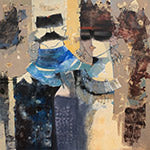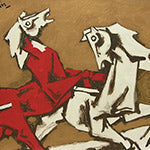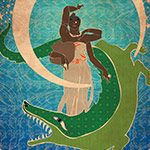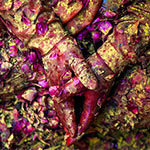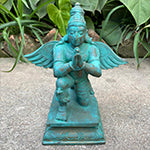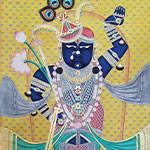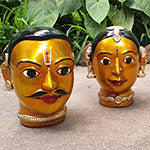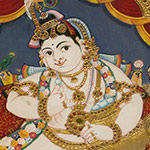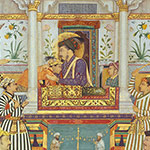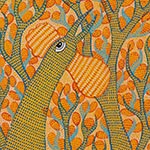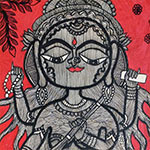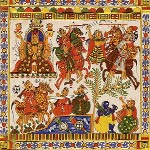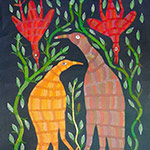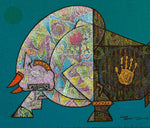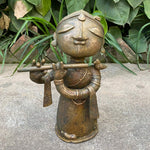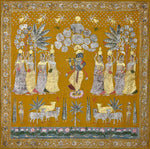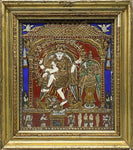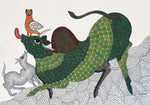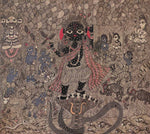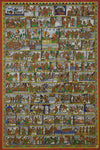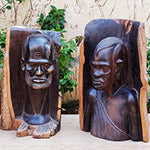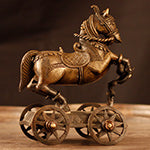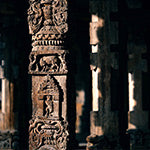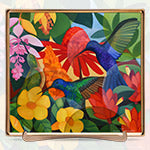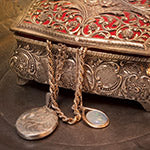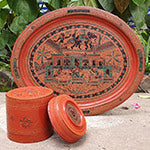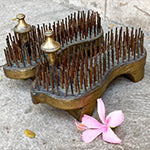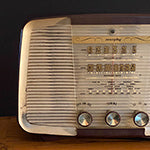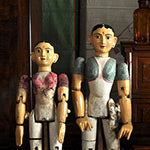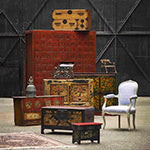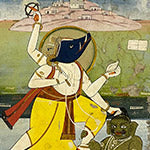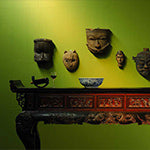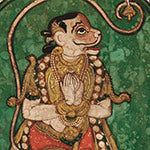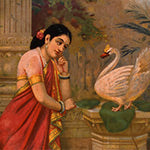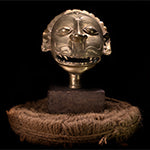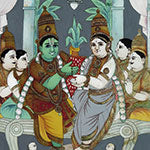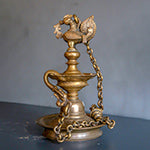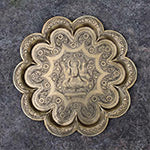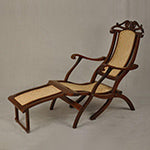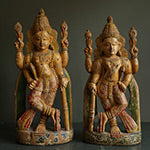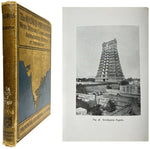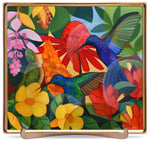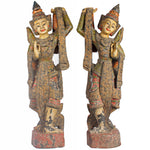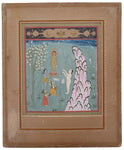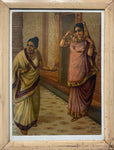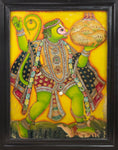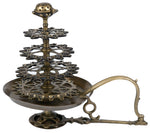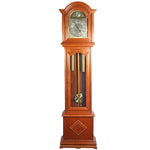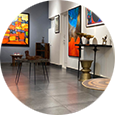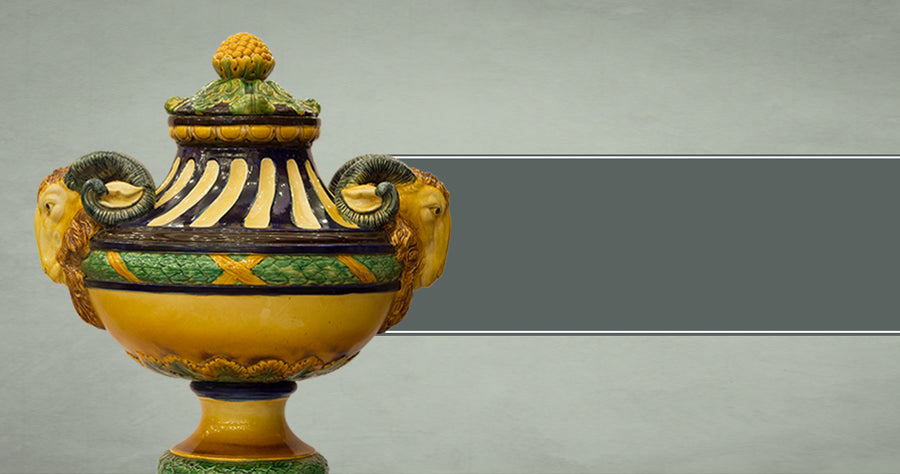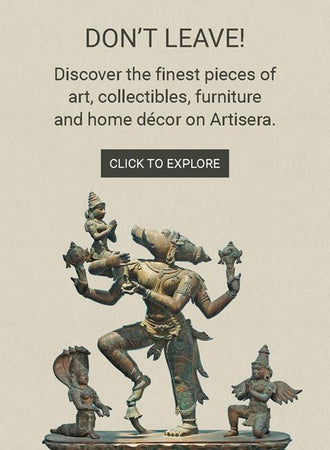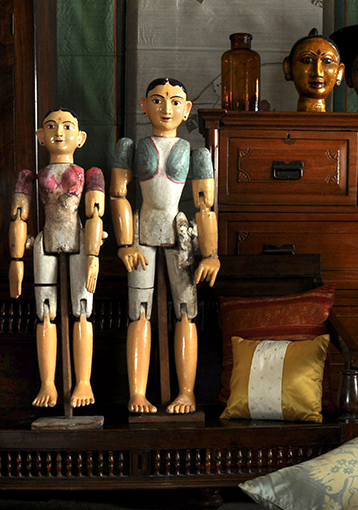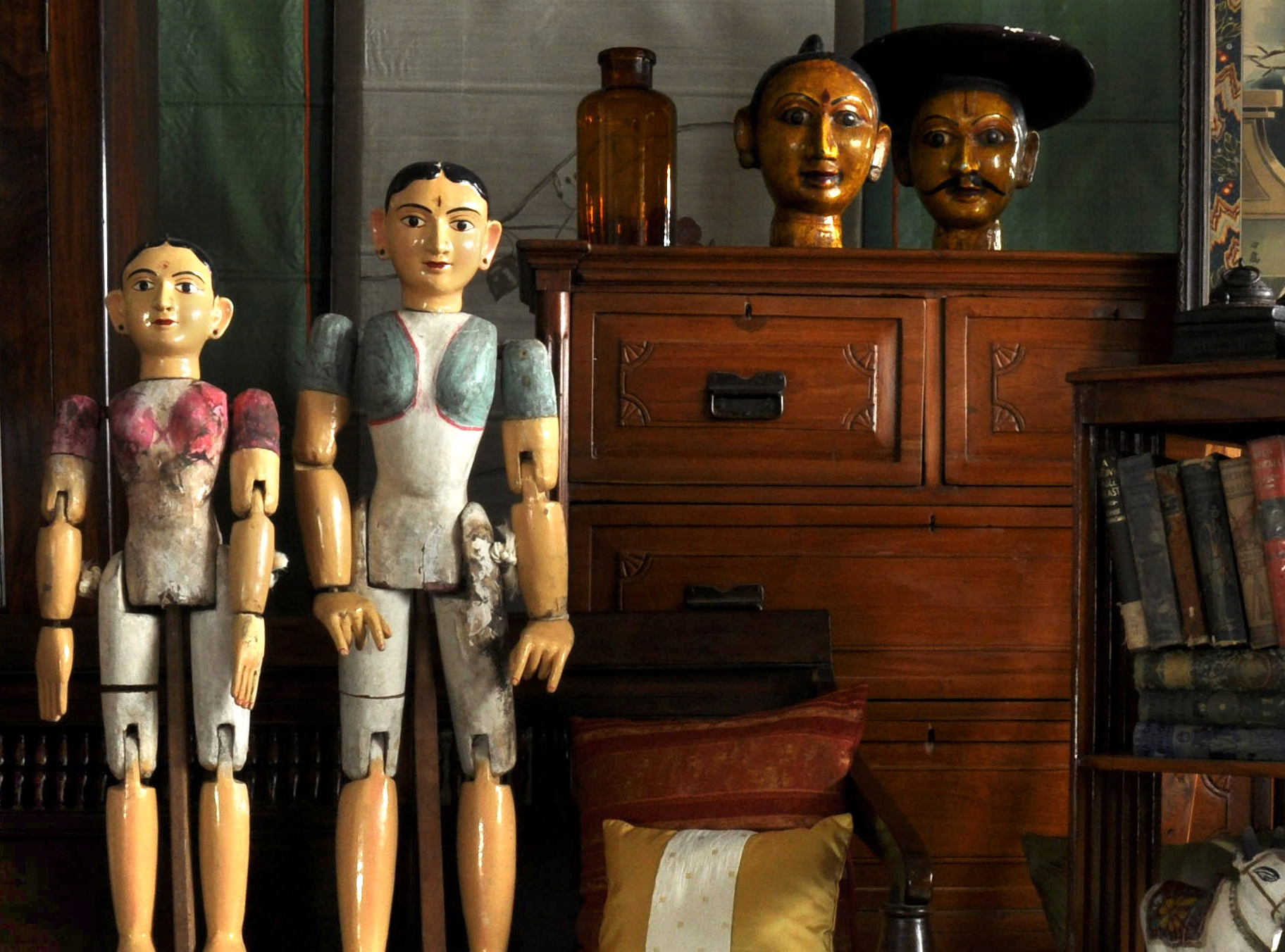In Mexico, Experience a Riot of Art, Craft, Culture and Tradition
Inspiration CornerSombrero hats. Tequila. Nachos. Teotihuacan’s pyramids. These are the typical images that come to mind when one hears of Mexico. But this sun-kissed nation situated in the southern half of North America, has so much more to offer!

The diversity of the region perhaps explains the colourful vibe of its native people, who largely speak Spanish owing to the colonial influences of yore. Art and craft have thrived in Mexico since 1500 BC, and no visit to the country is complete without experiencing its vibrant artistic culture, and buying some traditional art and craft. Here is Artisera’s ‘Travel for Art’ guide to experiencing Mexico!
 (An Aztec dancer doing the traditional Concheras dance; image source - matadornetwork.com)
(An Aztec dancer doing the traditional Concheras dance; image source - matadornetwork.com)
CULTURAL EXPERIENCES YOU SHOULDN’T MISS
Day of the Dead
Dia de los Muertos or the ‘Day of the Dead’ is celebrated from October 31 to November 2 each year, wherein family and friends of those who’ve died, gather to pray and remember them. ‘Sugar Skulls’ with ostentatious and multi-coloured appendages are placed on an altar, or on the grave to honour the spirit of the departed. The day also symbolizes a celebration of every moment, encouraging people not to be afraid of death, but to rejoice life.
 (Sugar Skulls)
(Sugar Skulls)
In October 2016, for the first time, the Mexico City government organized a parade to celebrate this long-standing Mexican tradition. Inspired by a fictional depiction of this day in the James Bond film Spectre, the hope is to make this annual celebration rival the Carnival of Brazil.
 (A still from the 2016 Day of the Dead Parade; image source - people.com)
(A still from the 2016 Day of the Dead Parade; image source - people.com)
Alebrijes Parade
Also held in Mexico City in October, the Alebrijes Parade is an annual event, started in 2007, to honour the country’s handcrafts and folk art. Alebrijes are fantastical figures, invented by acclaimed Mexican artist, Pedro Linares.
 (A collection of alebrijes)
(A collection of alebrijes)
The artist fell very ill in the 1930s, and while unconscious in bed, he had a dream about where different unknown animals in a forest were shouting out one word - alebrijes. Upon recovering, he began recreating the creatures he dreamt of using cardboard and hard papier-mache (called cartoneria).
The alebrijes used in the annual carnival-like parade are much larger than what Pedro created, and are accompanied by clowns, musicians, actors and more.
 (A gigantic alebrijes at the 2016 Mexico City parade; image source - darkroom.baltimoresun.com)
(A gigantic alebrijes at the 2016 Mexico City parade; image source - darkroom.baltimoresun.com)
Giant Murals
Roughly a century after winning independence from Spain in 1821, the Mexican Revolution (1910-1920) had a huge impact on the local art scene. 1920s to 1970s was the age of the muralists, led by the ‘big three’ painters, Diego Rivera, David Alfaro Siqueiros, and Jose Clemente Orozco. During this time, a large number of murals with nationalistic, social or political messages, were created on public buildings across the country.
A walk around Mexico City allows travelers to can see some of the most dramatic murals, of which the ones created by Diego Rivera in a more traditional European style, are not be missed!
 (Mural by Diego Rivera at the national palace courtyard depicting Mexico's history; image source - wanderlusterful.com)
(Mural by Diego Rivera at the national palace courtyard depicting Mexico's history; image source - wanderlusterful.com)
The Blue House / Frida Kahlo Museum
Muralist Diego Rivera’s student and wife, Frida Kahlo, is one of the world’s most recognized female painters. Known for her self-portraits, and for the depiction of Mexican culture and tradition in her works, she had a tumultuous marriage with Rivera, and suffered life-long health problems due to a tragic accident she was in, at the age of 18. Kahlo died a painful death at the young age of 47, after being in depression for some years.
 (A 1931 painting by Frida Kahlo, titled 'Frida and Digeo Rivera')
(A 1931 painting by Frida Kahlo, titled 'Frida and Digeo Rivera')
The Museo Frida Kahlo, also known as the Blue House, is a historic house museum dedicated to Frida Kahlo in Mexico City. The building is where Kahlo was born, lived, and eventually died. The museum is a must-visit for appreciating Kahlo’s life and work.
 (Frida Kahlo Museum in Mexico City)
(Frida Kahlo Museum in Mexico City)
SHOPPING FOR ART AND CRAFTS IN MEXICO
‘Artesenia’ is a word widely used in Mexico to describe arts and crafts created using traditional methods, for utilitarian purposes, as well as for decorative use. Famed for their bold colours and detailing, the plethora of Mexican crafts and folk art make the country a shopping haven for travelers interested in local arts!
Pottery
With a history dating back thousands of years, different regions in Mexico are known for distinct styles of pottery. It is believed that native Mexicans used their hands to shape their pottery and never used a potter’s wheel.
The city of Puebla is famed for Talavera pottery, introduced to the country by the Spanish. Distinguished by a white glaze, talavera pieces are typically found in colours such as blue, yellow, green, black, mauve and orange.
 (Talavera Pottery)
(Talavera Pottery)
Barro Negro pottery (black clay) from Oaxaca, known for its unique designs, was originally done in a grayish matte finish. But in the 1950s, a potter named Dona Rosa, found a way of adding a metallic sheen onto the pottery by polishing it before firing. Her family supposedly created the famous ‘mezcal monkey’, a vessel created to store the alcoholic liquor ‘mezcal’.
A more recent style of Mexican pottery is Mata Ortiz pottery, named after a town in the province of Chihuahua. Invented by Juan Quezada Celado around the 1970s, the style has gained popularity, with the best pieces selling for thousands of dollars!
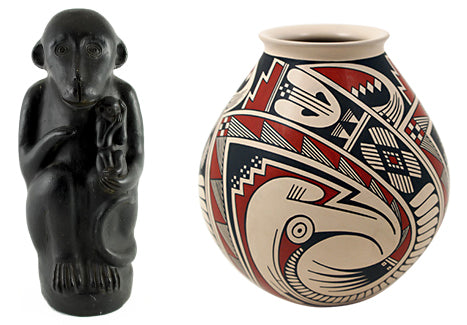
(Left - Mezcal Monkey, created using Barro Negro pottery techniques. Right - Mata Ortiz Vase)
Masks
Dating back to 3,000 years, traditional Mexican masks were used in rituals, ceremonies and celebrations. High priests used masks to incarnate deities, and Aztec military men dressed themselves with masks depicting jaguars and eagles, to gain strength.
 (An array of masks on display at the Museum of Popular Art in Mexico City)
(An array of masks on display at the Museum of Popular Art in Mexico City)
Today, decorative handmade masks, ranging in quality from being true collectors items to tourist souvenirs, are made mostly in the regions of Guerrero, Michoacan and Colima. These masks are available in many traditional designs, and also newer styles, depicting angels, humans and animals. Lucha libre, a form of professional wresting in Mexico, is characterized by wrestlers wearing colourful masks, and replicas of these masks can easily be found to purchase, in popular tourist destinations.
 (Dramatic masks worn by professional wrestlers in Lucha Libre)
(Dramatic masks worn by professional wrestlers in Lucha Libre)
Dolls
Lupita Dolls with a history of more than 200 years, are toys made from a hard kind of papier mache, and so they’re also known as cartoneria dolls. Initially created as a substitute for expensive porcelain dolls, today, they are made only by a few artisans in Mexico City and the city of Celaya, where the dolls are even given names, displayed on the chest. Due to their unique position in Mexican tradition, there is an effort to revive the dwindling craft, making Lupita Dolls true collectors’ items.

(Traditional Lupita Doll)
Rag Dolls, made using old bits of clothing also have a long history in Mexico. Also known as ‘Marias’, the most commonly found rag dolls have smiling faces, braided hair and are dressed in indigenous clothes.
 (Mexican Rag Dolls being sold at a street shop)
(Mexican Rag Dolls being sold at a street shop)
Silver and Copper Ware
For those who love their silver, a visit to the ‘magic town’ of Taxco, in the state of Guerrero is a must for buying exquisite silver jewelry and silverware of high quality. ‘Puebla Magico’, or ‘magic town’, refers to towns across Mexico that offer visitors a magical experience.
Associated with copper since the pre-Hispanic area, the magic town of Santa Clara del Cobre in the state of Michoacán, has more than 80% of its residents involved in the copper trade. Artisans use recycled copper to make a variety of vessels, utility objects and decoratives, which are hugely popular for export, and also amongst tourists, who can shop for them at the hundreds of shops spread across town.
 (Gilded Copper Vessel with delicate painting made in Mexico)
(Gilded Copper Vessel with delicate painting made in Mexico)
As British author William Golding wrote, “Art is partly communication, but only partly. The rest is discovery.” To truly experience Mexico, a visit to discover its art and crafts culture firsthand, is necessary.


